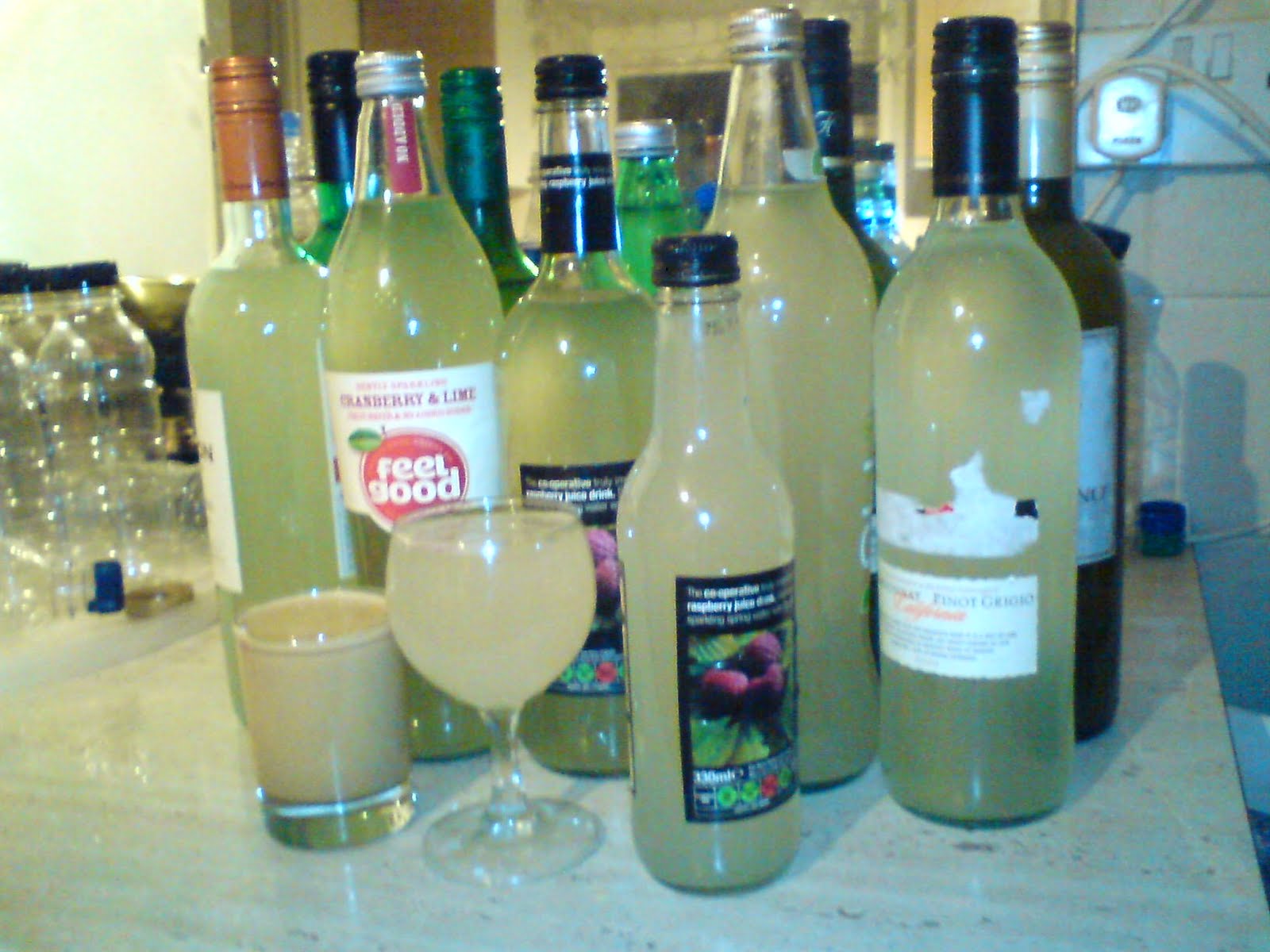
How to make your own wine with Flowers!
Homemade wine is relatively simple and easy to make if you follow the correct instructions. Wine can be made from any non-poisonous flower, fruit, leaf or root plant. Many recipes in the wine world suggests you need many ingredients and special yeasts but really the best way to make a good wine is to keep it simple.
The best wines can be made from following these most simple rules:
-
The fruit you pick for your wine must be ripe.
-
The flowers you pick must be out but not overblown.
-
The leaves used must be young.
-
The leaves need to be gathered in dry weather when the sun is shining.
-
Wash the ingredients in water then place to dry.
-
Remove any leaves and stalks that are not needed.
-
Use fruit or plants at once.
To help balance out the effect of pectin which can be released from fruits like apples and plums when boiling. Water is poured on them and a teaspoon of pectic enzyme to each gallon of liquid at the early stage.
Always try and keep the mixture covered or corked as fresh air ruins the taste of the wine.
If you are using citrus fruits for your wine then never let any white pith from the skin enter the wine as this will cause a bitter taste.
Some flowers that are commonly used for wine making includes, cowslip, dandelion, elder and primrose.
I will now take you through the steps you need to make the wine:
-
Pour the flowers into a bucket and add four pints of boiling water to make a “must”. Then add one teaspoon of pectic enzyme if this is required. Stir the mixture and mash well with a mallet and cover with a lid.
-
Next day stir and mash again. Cover the mixture and leave for another day.
-
The third day you need to pour the mixture through a strainer into a 1 gallon glass jar.
-
Place sugar in a saucepan and cover with water. Boil and stir until the sugar has dissolved. Allow to cool and add it to the jar. Add boiled water to the jar to bring the mixture to within three inches of the top of the jar.
-
The wine hydrometer must be placed in the mixture. If it is not sweet enough according to the manufacturers instructions then boil some more sugar into the water and add to the jar.
-
The jar will eventually feel just warm to the hand. Pour off half a cup of the mixture and stir the yeast and yeast nutrient into it. After about half an hour add the yeast mixture to the jar.
-
Plug the jar with a piece of cotton wool. Do this lightly. Then let it stand for at least 2 days in a heated room.
-
When the fermentation has become less fierce, round about the third day, remove the cotton wool and place a cork and fermentation lock.
-
After another two days top up to within 11/2 inches of the cork with boiled water Then stand until fermentation has stopped and make sure no bubbles are rising.
-
Now you need to rack the wine to a separate jar to remove it from the sediment. Place the jar on the table with a smaller jar nearby. Place a siphon tube in the higher jar and suck gently. The wine should start to flow, when it does this place the free end of the tube in the lower jar. Allow all the wine to move into the lower jar but be careful not to disturb or suck up the sediment in the first jar.
-
Cork the fresh jar of wine securely and place in a cool environment with an even temperature for two months.
-
After the two months is over repeat the siphoning. Re-cork the fresh jar and leave for about three months.
-
Make sure you check the wine occasionally. When the wine becomes completely clear prepare to bottle it.
-
The corks you are going to use for the bottles need to be soaked in hot water for an hour.
-
Make sure the bottles you are using are clean. Then siphon the remaining wine into the bottles and do not disturb remaining sediment.
-
Push a cork into the flogger. Hold a bottle firmly and place the flogger on top of it. Press the plunger or hammer with a wooden mallet until the cork is fully home.
-
Try and store the bottles on their sides for as long as possible. Do this for at least four months before drinking.
-
You then need to label you wine to provide a record of the contents and who made it.

